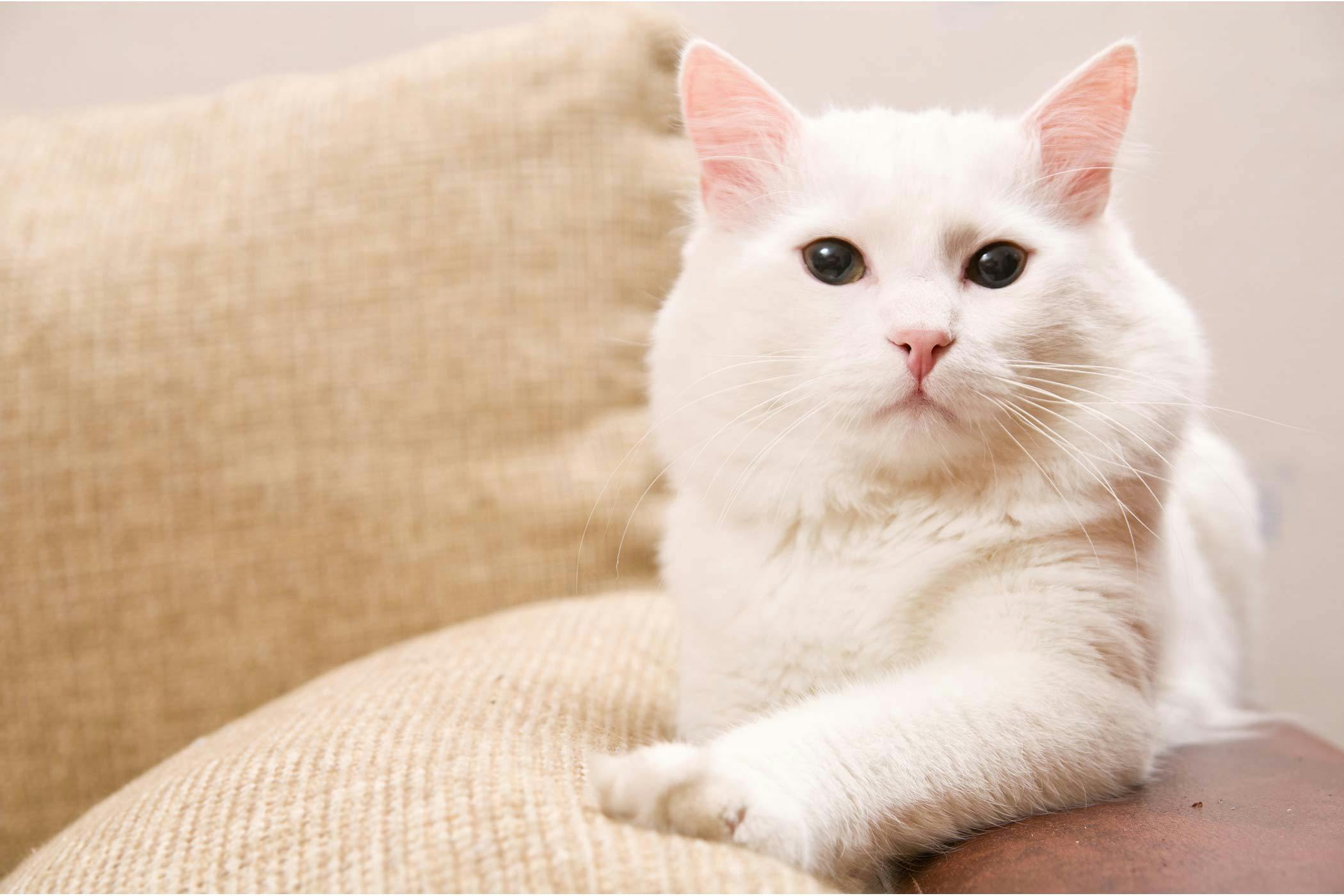
Feline rickets is a disease that affects bone strength. The condition is caused by the demineralization of the animal’s bones due to nutritional deficiencies. If rickets is left untreated, the bones soften and become deformed.
This condition is less common with attention to proper pet nutrition. However, paying attention to the warning signs is still necessary to help prevent and keep your pet healthy. Read more about rickets in cats and their characteristics in this article.
Causes of Rickets in Cats
The leading cause of feline rickets is a deficiency of vitamin D in the animal’s body. This occurs in a chain of events, resulting in a cat’s inability to metabolize and “harden” its bones.
This is because of poor utilization of calcium in the intestine. When the body senses a severe calcium deficiency, it is forced to get it from its primary source, the bones, instead from the diet.
There are many causes, but they can be divided into three main categories
- Nutritional deficiencies. Lack of vitamin D in the feline diet.
- Vitamin D resistance or altered metabolism in cats.
- Derived from other diseases. Due to parasitic infections, enteritis, or other alternative diseases that cause vitamin deficiency.
Types of Rickets
Rickets can be classified into three types
- Deficiency rickets: Refers to vitamin D deficiency due to causes outside the body.
- Primary rickets: Includes congenital diseases with resistance to vitamin D metabolites.
- Secondary rickets: In this case, rickets is a side effect of other diseases, such as renal failure, tumor disease, or hereditary hypophosphatemia.
Symptoms of rickets in cats
It is not well known, but we must clarify that calcium is not only needed for bones. It is also an element commonly found in the cells of the body. This mineral helps with muscle contraction, coagulation, nervous system function, enzyme synthesis, and much more in the cellular environment.
For this reason, the symptoms of rickets vary. However, some of the following clinical manifestations occur in feline animals:
- Deformed bones in the limbs.
- Weakness of the body.
- Enlargement or shrinkage of bones.
- Gait disturbance (limping).
- ..leg deformity.
- Origin of the epiphyseal line.
Diagnosis of the Disease
The veterinarian is the only one who can make the diagnosis. Symptoms may be mild but must be evaluated by a physician.
Even if the symptoms are mild, the physician must determine the severity of the disease. Therefore, the veterinarian will perform a physical examination to detect deformities in the cat. In addition, x-rays and blood tests may be performed to assess the cat’s health.
Diagnosis Through X-Rays
During this examination, radiographs of the bones are taken. This is used to detect signs of the disease, such as bone loss, thickening, deformity, and enlargement of the growth plates.
The most appropriate tests are at the level of the ulna and radius epiphyses.
Blood Biochemistry
Concerning blood tests, the diagnostic criteria for rickets are as follows
- Low calcium levels.
- High phosphorus levels, with a calcium-to-phosphorus ratio well below 1.
- Elevated alkaline phosphatase.
- Detection of anemia present in 80% of cases.
- Low levels of vitamin D or its metabolites.

Treatment of Feline Rickets
Treatment is usually simple and effective and aims to compensate for the lack of vitamin D in the body. For this purpose, nutritional supplements that improve vitamin and calcium levels are used. Sunbathing is also necessary, as sunlight is necessary for the metabolism of this substance.
The veterinarian may recommend further deworming. In this way, they try to eliminate other factors causing nutritional problems. Treatment of rickets problems, such as pain and bone deformities, should also be considered.
Remember that only a veterinarian can prescribe medications and treatments. He is the only one trained to provide proper care for your animal.
